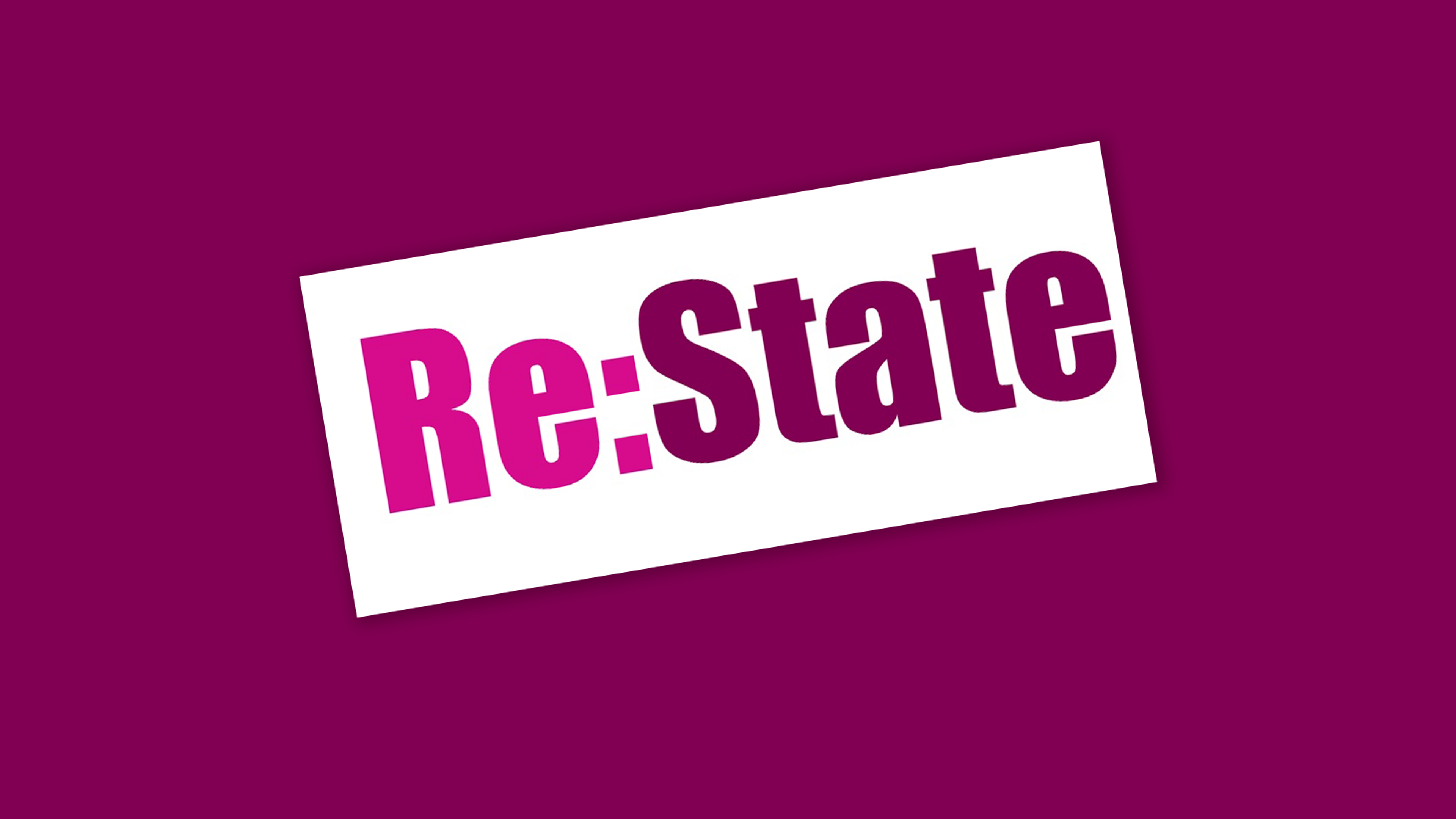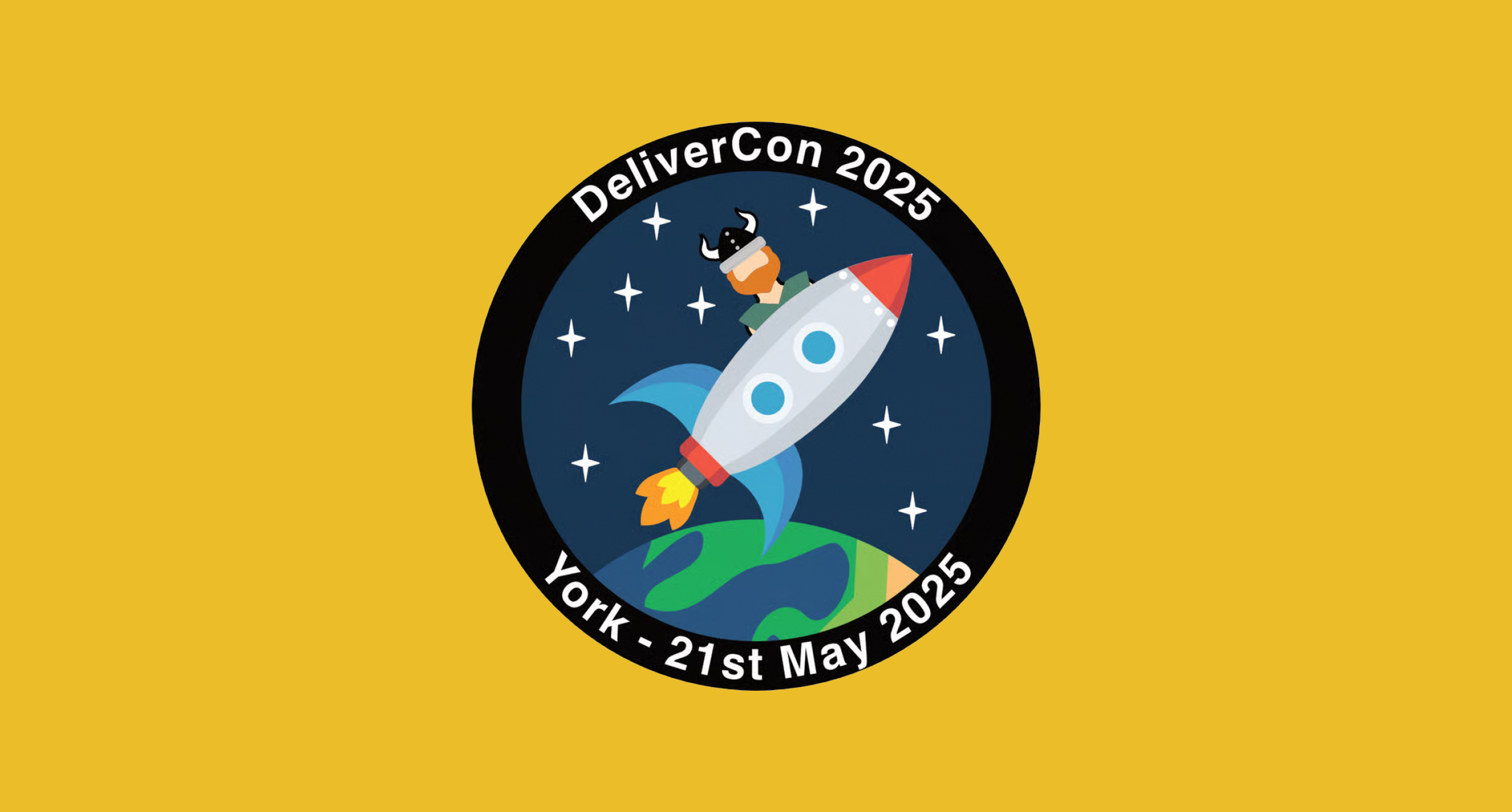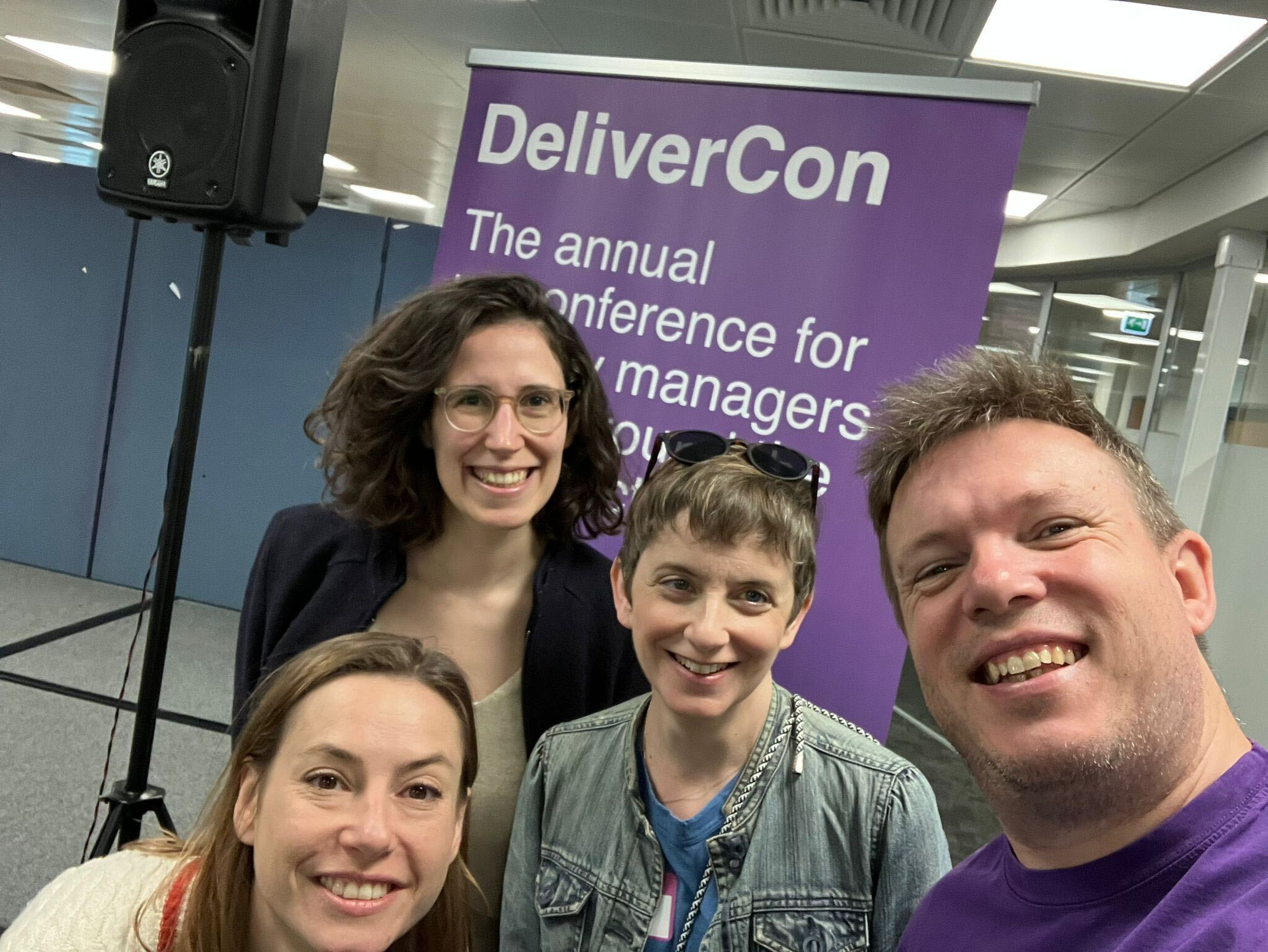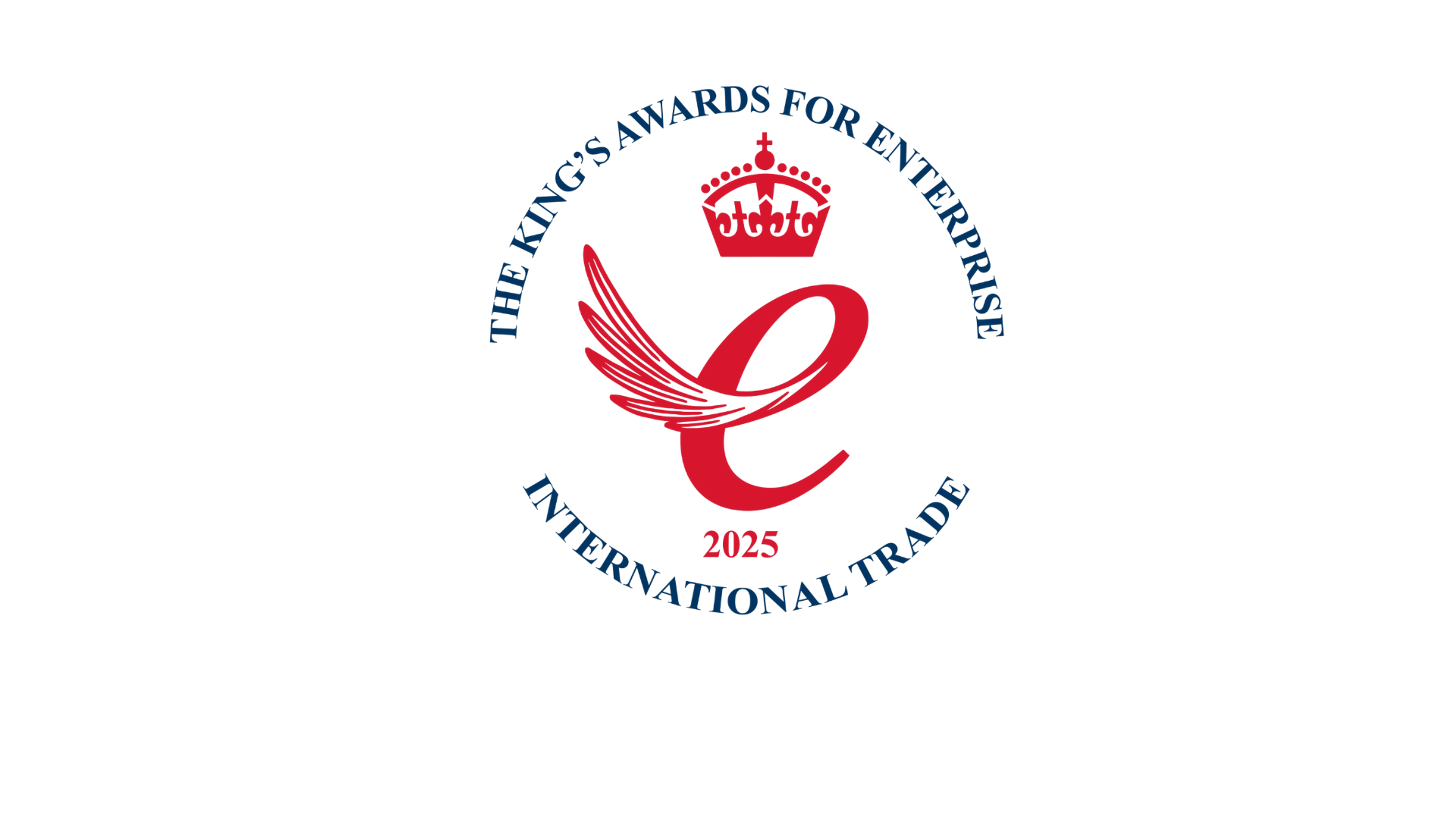
What we learned at DeliverCon 2025

It was fantastic to return to DeliverCon 2025 this week – a brilliantly organised, volunteer-powered 'unconference' hosted by Defra in York. Many of us have attended since its 2018 debut, coming together to learn from one another, tackle gnarly problems, and forge lasting networks and friendships. What began as a small gathering has grown into a thriving community of delivery managers across the public sector.
Here at Public Digital, our delivery-skilled practitioners partner with organisations to demonstrate the strategic value of test-and-learn approaches for navigating complexity and delivering human-centred services. As the importance of agile, user-focused delivery rises, the role of the delivery manager has become central to our diverse client engagements.
Here are our five key takeaways from the event:
AI: The delivery manager’s new best friend
Unsurprisingly, AI was a hot topic. Some delivery managers have woven it into their daily workflows – automating admin, drafting user stories and prototyping alphas – while others are still on the sidelines. The appetite to experiment is unmistakable. Beyond those obvious wins, a few pioneers are even exploring AI-driven sprint-capacity estimates and role-playing tricky stakeholder conversations. Enthusiasm, however, is tempered by caution: concerns about hallucinations, ethical pitfalls and environmental impact mean many are proceeding carefully rather than diving in headfirst.
The key takeaway? AI isn’t just a tool, it’s a new team member: helpful, occasionally unreliable, but always learning fast. Like any new joiner, AI needs onboarding, clear expectations, and regular feedback. Prompting is just the latest addition to the delivery manager’s toolkit – if you can build a team of humans, you’ve already got what it takes to bring AI into the fold.

The problems that won’t go away
As with any enduring classic, certain themes in the delivery world – challenging stakeholders, conflict management, agile versus waterfall – remain ever-relevant. When selecting sessions, we noted that delivery managers consciously downvoted those familiar debates, instead championing more curious and niche topics. In sessions where these issues inevitably surfaced (because they are constant challenges faced by delivery managers), the answers were largely already in the toolbox. Regular retros, working in the open, one-to-ones, daily scrum/standup meetings all featured. Recurring problems have recurring solutions – if things aren’t clicking, it’s always worth revisiting the fundamentals.
Optimism is alive and well
How do we stay optimistic? How do we overcome cynicism? The session exploring how to bring optimism into teams was truly energising, as was being surrounded by people dedicated to bringing joy to their teams. The best insights, however, were found in honestly and compassionately leaning into pessimism. Delivery management can sometimes feel lonely – and often frustrating – especially when you’re on the front line of driving cultural and behavioural change. So what might be discovered if we give people space to explore their cynicism and inquire as to what is behind it?
By consciously exploring pessimism, and acting on genuine concern rooted in experience, we can often get ahead of potential problems. It’s an effective way to help team members give value in ways not obviously perceived, increasing trust in the short term and generating joy in the long term.

What we miss in measurement
Delivery managers are passionate about metrics – but are we overlooking their drawbacks? Fixing story points or t-shirt sizes against activities in a sprint can hurt more than help, offering false certainty for stakeholders and presenting a one dimensional view of success. Delivery pace – velocity – is one indicator of a team’s health and productivity, but it’s largely ineffective when taken in isolation or inflated as a proxy for quality.
Time and money will always be finite resources: when these constraints become the sole focus of governance conversations, we lose the true value of productivity. Productivity is the choreography of creativity, learning (and even failure), purpose and outcome. The harder job of delivery management is telling this complex story of productivity to stakeholders, finding measures that speak to its richness and its evolving nature across different teams and services.

Healthy conflict, healthy teams
Conflict isn’t the enemy, silence is. Honesty is a team’s greatest asset, and healthy conflict shows it’s being put to good use. It helps produce better ideas, makes stronger decisions, and ensures everyone feels heard and valued. But speaking up isn’t easy. Our human instinct is to avoid conflict – it takes effort and trust to say “I disagree”. Great delivery managers lead with this in mind.
One of the most important aspects of the role is creating space for honest, constructive conversations: preventing tension from turning into frustration, and frustration into unspoken resentment. It’s about helping teams to "disagree well". After all, we’re human – we bring emotions and unique personal contexts to our work, which shape how we connect and collaborate. The best teams are the diverse ones, allowing us to be who we truly are, with all our complexity. At the end of the day, this is what makes each of us unique and each of our teams special.
Written by

Philippa Newis
Director
